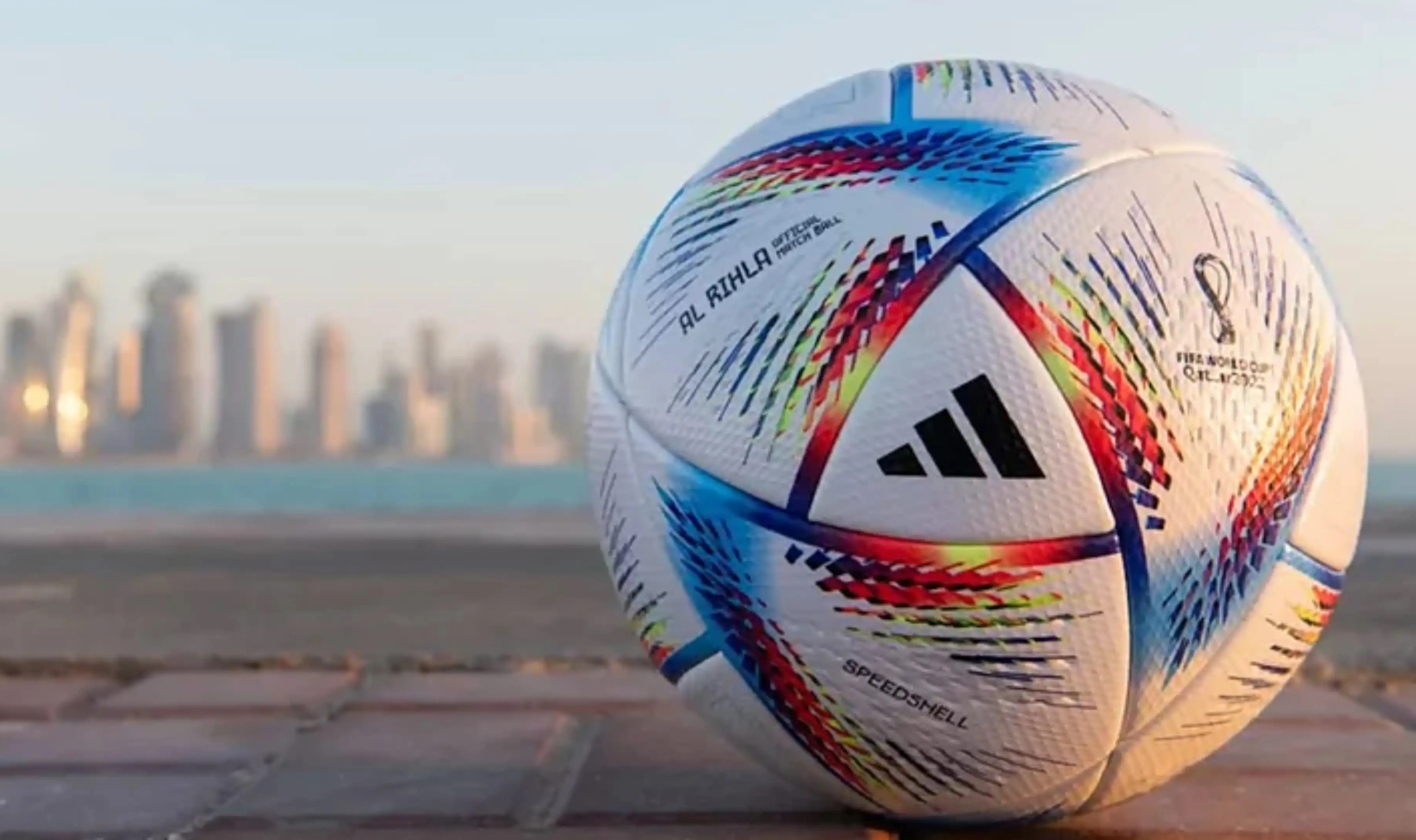Who is the physics professor who tested the ball specially prepared for the world cup?
Adidas has been producing world cup balls since 1970 due to its agreement with FIFA. Even if you don't remember the 1970 World Cup, you must have seen the Telstra ball with 12 black pentagonal panels. 1990's Etrusco or 2002's Fevernova are also in the minds.

The Fevernova was also the last world cup ball in which leather pieces were stitched together. Technology has changed since 2006, the sewing era has come to an end. Since that mug, parts made of synthetic material have been laser glued together. In this way, it is aimed to prevent the ball from getting heavier by taking water in rainy weather.
Of course, from time to time, football players and goalkeepers may have complaints about the ball, especially after 2010. For example, there were some complaints about the slowness of Jabulani, the ball of the 2010 World Cup.
The Adidas Al Rihla ('The Journey') is a ball for association football produced by Adidas. It was the official match ball of the 2022 FIFA World Cup in Qatar and has also been used as the official match ball for the Saudi Professional League for the 2022-23 season. The ball contains a suspended inertial measurement unit inside its bladder that supplies the video assistant referee with instantaneous highly detailed ball movement data. The ball was designed for sustainability, being the first FIFA World Cup official match ball to be produced with environmentally-friendly inks and adhesives.
Adidas is the producer of the 2023 World Cup. The name of the ball is "Al Rihla" meaning "Journey". It is said that the design of the ball was inspired by the unique architecture of Qatar, the boats that are the symbol of the country, and the Qatari flag. When the ball was first introduced in March 2022, it was stated that it moved faster than any ball in the history of the World Cup. In fact, with the aerodynamics provided by the 20 panels that make up the ball, the players would be able to make more spin shots. “The new design allows the ball to maintain a significantly higher velocity as it moves through the air,” explained Franziska Löffelmann, Adidas Hardware Design Director.
Physics professor tested
Physics professor John Eric Goff from Lynchburg University in the USA also had the opportunity to test the world cup ball with his colleagues as he does every four years and shared his findings in his article in The Conversation. According to Goff, the most important moments in a football match occur while the ball is in the air. Air resistance is the key here. It is the roughness on the ball that increases this coefficient and allows the ball to stay in the air more. Goff and his team found a problem when they tested the 2010 ball, the Jabulani.
“When my colleagues and I analyzed the ball in a wind tunnel, we found that the Jabulani was very smooth overall and therefore slowed down more quickly than the 2006 Teamgeist ball.”
Indeed, the results of the tests conducted by experts from the University of Tsukuba in Japan this year in the wind tunnel confirmed this. Among the last four World Cup balls, Jabulani was the one that went faster and slowed down quickly. What about Al Rihla's situation? The drag, acceleration, and deceleration characteristics of the Al Rihla are very similar to those of the 2014 and 2018 balls. For this reason, there should not be an effect like Jabulani.
Another feature of Al Rihla is that it has connected ball technology that helps the semi-automatic offside technology used for the first time in the 2022 World Cup. A suspension system in the hub of the ball has a sensor with a sensitivity of 500Hz. This sensor sends data to video referees and helps review offside decisions.
--------------------------
Men’s World Cup Soccer Ball, the Al Rihla, Has the Aerodynamics of a Champion
https://www.scientificamerican.com/article/mens-world-cup-soccer-ball-the-al-rihla-has-the-aerodynamics-of-a-champion/
